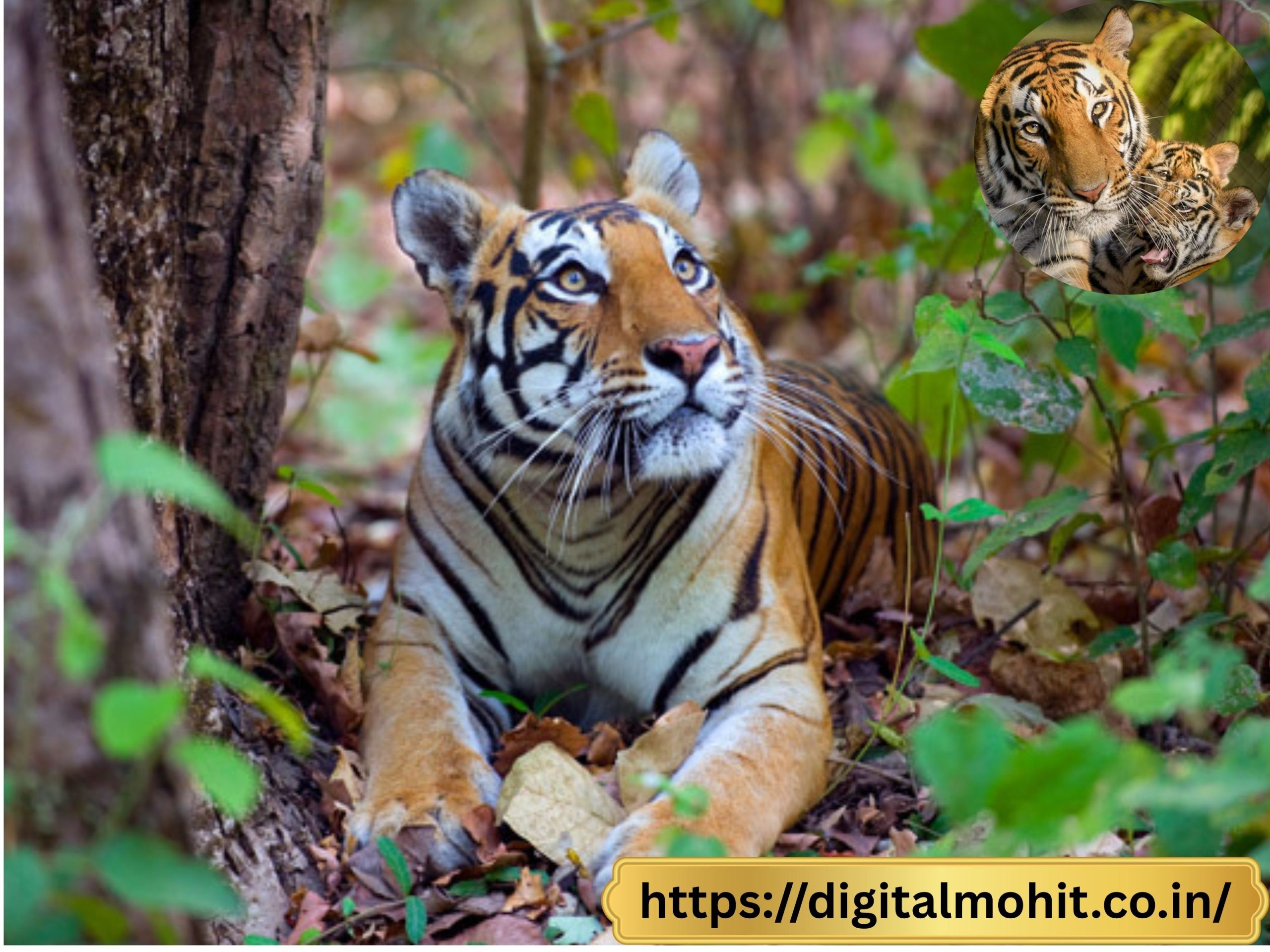I still remember the first time I heard a tiger’s roar.
It wasn’t in a zoo or on a wildlife documentary. It was in the heart of India’s Ranthambore National Park, just before dawn. The forest was still, heavy with mist. Then, from deep within the jungle, came that sound—a low, thunderous growl that seemed to rise from the very bones of the earth.
I wasn’t afraid. I was in awe.
And that moment changed everything for me.
It’s easy to think of tigers as exotic creatures from faraway lands, symbols of strength or ferocity that we’ll probably never see in the wild. But that’s part of the problem. We’ve distanced ourselves from nature so much that we forget we’re not separate from it. We forget that when we lose a tiger, we lose part of ourselves.
Let’s talk about why saving tigers isn’t just about the animal—it’s about us, too.
READ MORE : https://digitalmohit.co.in/
Tigers: The Silent Guardians of Ecosystems
Tigers aren’t just majestic animals—they’re apex predators, and their presence in a forest means the ecosystem is thriving. When tigers disappear, it’s a loud warning that the environment is in trouble.
Imagine this: Tigers need vast territories—forests, grasslands, rivers, prey, and balance. Protecting those habitats for them means protecting clean air, fresh water, and fertile soil for us.
In India alone, tiger reserves protect water sources for over 600 million people. Let that sink in. When we protect the tiger, we’re actually securing the future of our own health, agriculture, and survival.
READ MORE : https://digitalmohit.co.in/category/news/
The Human Cost of Losing Tigers
You might not see the link at first, but biodiversity loss has ripple effects that reach cities, farms, and homes around the world.
Forests with healthy tiger populations are better at storing carbon, reducing the impact of climate change. These forests regulate rainfall, prevent floods, and keep the climate more stable—services that are invaluable to farmers, rural communities, and even urban centers.
When we cut down tiger habitats for mining, roads, or agriculture, we’re not just losing trees or animals—we’re destabilizing entire systems that support our lives.
It’s not a far-off issue. It’s right here. It’s now.
Real People, Real Stories
Let me tell you about Rani, a local woman I met in a village bordering Kanha National Park.
Rani used to walk 5 kilometers every day just to gather firewood. The forests had thinned out over the years, and the streams near her village had begun to dry. But when the forest department started a tiger conservation initiative, things began to change. New trees were planted. Livelihoods were supported through eco-tourism. Tigers returned.
And so did the water.
“I never thought a tiger could help bring water back to our wells,” she told me, smiling through sun-weathered skin. “But now I see—we need them as much as they need us.”
Her story isn’t unique. Across Asia, tiger conservation is helping build schools, create jobs, and empower communities, especially women.
It’s Not About Choosing Between People and Tigers
One of the biggest myths is that protecting wildlife comes at the cost of human development. The truth is, conservation and human progress can go hand in hand.
We just have to care enough to find the balance.
Tigers are part of an ancient, intricate web of life. By saving them, we’re honoring our role as stewards of this Earth—not as masters of it, but as participants.
What You Can Do (Yes, You!)
You might be thinking, “I’ll probably never see a tiger in the wild. What can I really do?”
More than you think.
- Support ethical conservation organizations like WWF, Panthera, or Wildlife Trust of India.
- Avoid products contributing to deforestation, especially palm oil and unsustainable paper or wood.
- Speak up. Share stories like this. The more people who understand the connection between tigers and our future, the stronger the movement becomes.
- Travel responsibly. If you visit wildlife reserves, choose eco-certified guides and lodges that support local communities.
















Leave a Reply